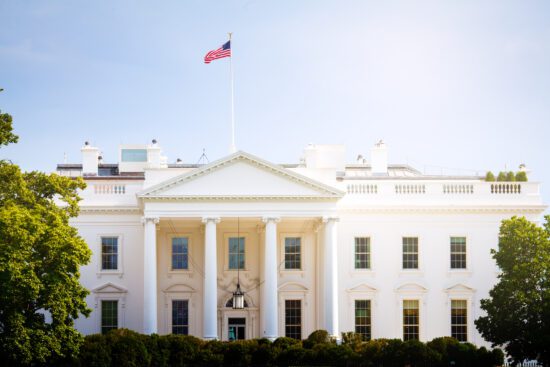Today, the Senate Judiciary Committee is holding a hearing on “The Equal Rights Amendment: How Congress Can Recognize Ratification and Enshrine Equality in Our Constitution.” This is the first time the Senate has held a hearing on the ERA since 1984. It is anticipated that during March the full Senate will hold a vote on a joint resolution that would remove the ratification deadline and recognize the ERA as a valid constitutional amendment.
What is the Equal Rights Amendment?
The Equal Rights Amendment (ERA) is an amendment to the U.S. Constitution that would clarify that men and women have “equal rights” throughout the United States. The amendment was first introduced into Congress in 1923 and an amended version passed in 1972.
Why is it problematic?
Though it has long been advertised as an amendment focused solely on women’s equality, the ERA has many implications for life, religious liberty, and human dignity.
- The ERA could eliminate any federal or state restrictions on abortion, even partial-birth or third-trimester abortions. Protecting vulnerable life should be a top priority of any just government. The United States is one of only a handful of countries that provide late-term abortions. Government’s basic duty is to protect human life from bodily harm and provide justice for victims of violence. Now, in a post-Roe world, this amendment could prohibit pro-life states from enacting their own laws that protect life.
- The ERA could require taxpayer funding for abortions by eliminating the Hyde Amendment. Americans are divided on abortion policy, and many object to the use of their tax dollars for such a great moral wrong. In 1976, Illinois Congressman Henry Hyde proposed an amendment to an Appropriations bill to prohibit the use of federal funds for abortion. Since then, the Hyde Amendment passed every Congress for over forty years.
- The ERA could eliminate conscience protections for medical professionals. No healthcare worker should be forced to participate in abortions or other medical procedures which conflict with their religiously informed conscience. Every American ought to be able to legally defend their inalienable right to freedom of conscience.
- The ERA could eliminate distinctions based on sex, and effectively erase sex-segregated spaces, leaving women vulnerable. Spaces segregated on the basis of sex for reasons of safety and privacy, such as women’s shelters and prisons, could be viewed as discriminatory and opened to biological men. This loss of equal protection would make women and girls vulnerable.
How is the ERLC advocating?
The ERLC affirms that God created every person—male and female—in his own image and endowed them with equal value and dignity. We also affirm that every life, including the preborn, is worthy of protection. Unfortunately, the Equal Rights Amendment (ERA) debate is tainted with abortion politics. Abortion denies precious lives, both boys and girls, personhood and protection. The ERLC has communicated these concerns with lawmakers and is actively advocating against adding this harmful amendment to the U.S. Constitution.
More about the ERA
After passing both houses of Congress, the ERA was submitted to the state legislatures for ratification. For the amendment to be adopted, the Constitution required that it be ratified by three-fourths of the states by March 22, 1979. Between 1972 and 1977, 35 states had ratified the amendment. However, five states rescinded their earlier ratification: Nebraska (1973), Tennessee (1974), Idaho (1977), Kentucky (1978), and South Dakota (1979).
By the time of the 1979 ratification deadline, the amendment was still three states short of the required number needed for passage, so Congress extended the deadline to June 30, 1982. The Southern Baptist Convention, in a 1978 resolution, opposed this decision to extend the deadline and “any amendment or any substitute bills which would provide for extension of the time for states to ratify the ERA.”
Since then, the ERA has been reintroduced in Congress every session as advocates have argued that the ratification deadline could be changed or discarded. The status of this amendment has been the subject of decades of litigation and debate with current proponents arguing that the ERA “was ratified by three-fourths of the states and is therefore a valid constitutional amendment, regardless of any time limit that was in the original proposal.”










